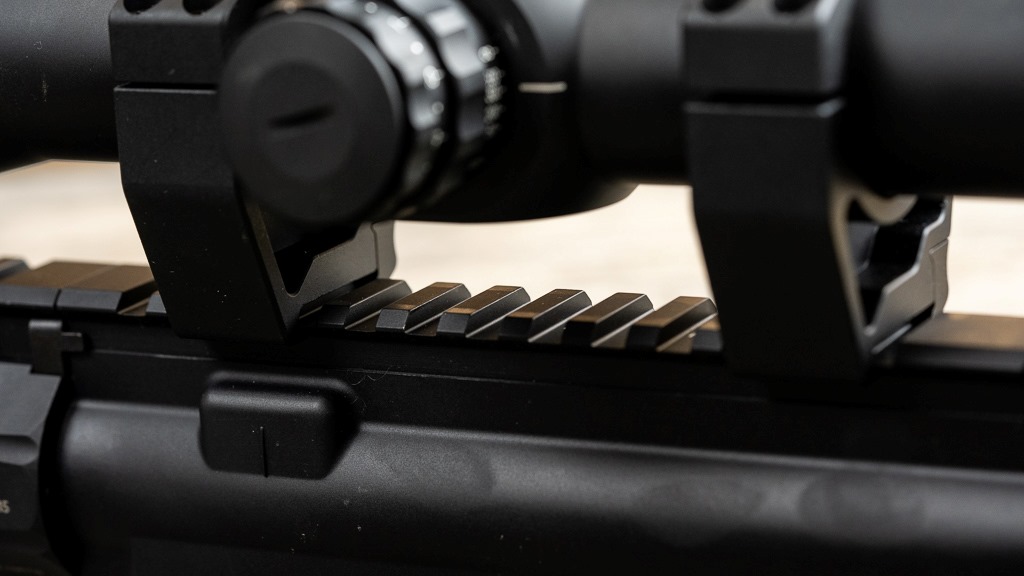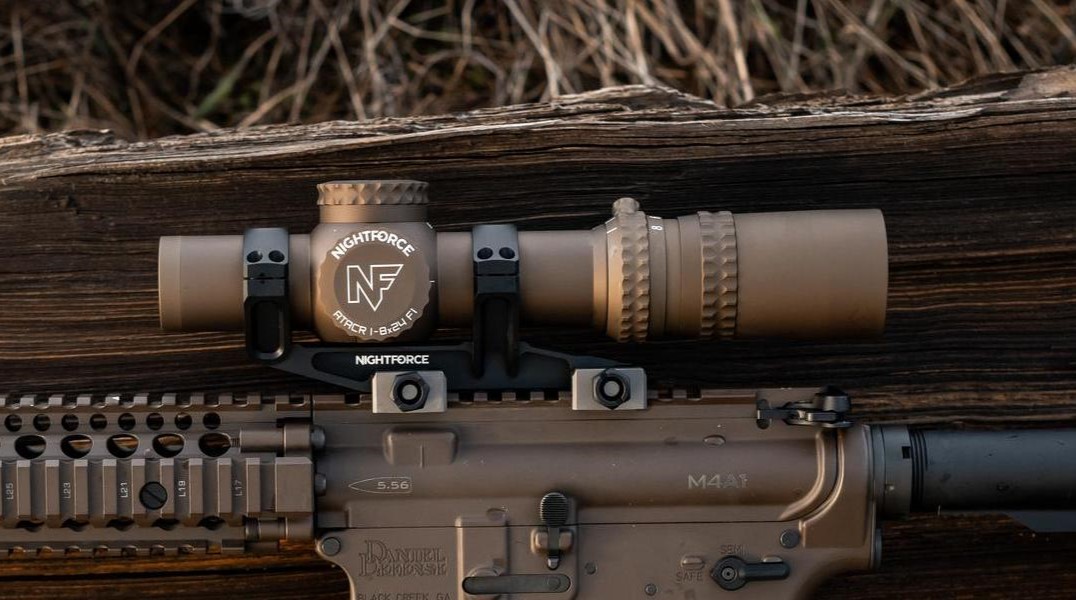How to Pick the Best Rifle Scope Rings for Your Budget
Scope rings are an essential component of any rifle setup that includes scopes. Often overlooked, the scope rings should not be underestimated. Poorly fitting rings can render even the best of scopes nonfunctional and seriously hinder your accuracy. Finding a pair of rings that fits is pivotal to utilizing the full potential of your optics. Fortunately, there are many options available on the market today, from budget-friendly models to high-end precision pieces. In this guide, we cover the basics of choosing the most suitable scope rings.
Set Your Budget
The first thing you need to do is set a budget. While opting for the cheapest option available may seem like an attractive choice, it is rarely the best one. Scope rings that cost less than $20 usually lack durability and are more likely to seize functioning sooner than you’d want them to. The market offers scope rings in a variety of price ranges, beginning from under $10 to several hundred dollars. It is important to remember that when it comes to scope rings, you get what you pay for. Cheaply made rings can be unreliable and may not hold your riflescope securely. At the same time, spending too much on a ring may not be necessary if you are just looking for something basic.
The key is to decide how much you are willing to spend. You might also want to take the price of the scope you are planning to mount into account. It would be strange to mount a $500-worth scope on a pair of $20 rings. Quality scope rings are precision machined to ensure your scope sits securely regardless of how strong the recoil is. The good news is that there are plenty of reliable options available at reasonable prices - it won’t cost you a fortune to acquire a pair of good ones.
Consider the Mounting Interface

A scope ring should be compatible with your rifle’s mounting base. Considering how many characteristics you need to keep in mind when choosing scope rings, it’s easy to forget about such a trifle. However, should you simply forget about it, high are the chances to get an accessory you won’t be able to use. That’s why it's important to check the compatibility of your rifle base with the potential scope ring in advance.
The most common mounting interfaces for scope rings are Picatinny rails, Weaver rails, and dovetail mounts. Picatinny rails have become the standard for modern rifles due to their unparalleled versatility. Weaver rails are also popular because they are lightweight and easy to install. Dovetail mounts are typically found on older rifles, but can still be used with modern scopes if necessary. The information on the scope ring’s compatibility is always specified in its product description.
In addition to these traditional mounting systems, some scope rings can be attached directly to your rifle without needing a base or rail at all. These rings usually have a built-in clamping mechanism that allows them to attach directly to the barrel of your rifle. This type of mount is great for those who want a secure connection without having to deal with extra parts or installation steps.
Determine Ring Configuration

As with everything these days, there are several styles of rings you can choose from. Each of them has peculiarities of its own.
Talley scope rings feature one-piece construction and are mounted directly into the base, which makes them particularly secure and rigid. The double recoil shoulder design of the Talley Base holds your scope with absolute rigidity, meaning even the heaviest of recoil won’t make them falter. They come in pairs, as all one-piece rings do, and generally cost somewhere between $30 and $50.
Cantilever one-piece mounts are another popular option. These mounts feature two rings attached to a single base, which eliminates the possibility of two rings being misaligned. They provide a stable platform for mounting optics and spare shooters the trouble of aligning scope rings. The downside of this configuration is the increased weight that comes with a mounting platform.
Standalone rings that mount to a Picatinny or Weaver bases offer more flexibility when it comes to positioning your optics. These rings can be adjusted up or down on the rail, allowing you to find the perfect eye relief for your shooting style. Standalone rings also allow you to easily switch between different scopes if needed, as they can be quickly removed from one gun and installed on another. If you plan to often switch between firearms, consider getting Quick Detach scope rings. They are designed specifically to be easy and quick to install.
Decide on the Height
We didn’t mention the diameter of the scope rings as a choosing factor because, well, it goes without saying that there is only one option you can go with: the one that fits your scope tube’s diameter. However, this parameter also affects another scope ring’s characteristic: height. Height is the distance from the top of the base to the middle of the ring mount. It is important that you mount your scope so that it does not touch the action of your rifle and leaves a bit of space for recoil. At the same time, you want to mount your scope as close to the rifle as possible to avoid accuracy issues.
Typically, scopes with a 1-inch tube will require rings that are at least .238 inches tall, while scopes with a 30-mm tube will require rings that are at least .315 inches tall. You use this simple rule: scope ring height should exceed ever so slightly half of your scope’s widest point (the objective bell). For heavier bull barrels, you may need slightly higher scope mounts than those used for lightweight sporter barrels. If your rifle has iron sights, you may need to mount your scope higher than usual to clear them.
Conclusion
A house is only as good as its foundation. The same goes for any rifle scope. If it doesn’t have a reliable and sturdy base, it will never work at full capacity. That’s why finding a pair of suitable and sturdy rings is pivotal for your shooting performance. Scope rings don’t entail many ‘matter of preference’ choices and are usually more about raw numbers. As such, you need to know the technical characteristics of your scope to choose a pair of rings that will suit it. Here you can check out our collection and find something that will meet your needs.
FAQs
What height of scope rings do I need?
The height of the scope rings needed will depend on several factors, including the diameter of the scope's tube and the size of the objective lens. In general, you will want to select scope rings that are tall enough to allow the scope to clear the rifle's action but not too tall as to cause interference with the cheek weld.
Do expensive scope rings make a difference?
In general, expensive scope rings tend to be more reliable, durable and made from higher-quality materials than less expensive models. Additionally, more expensive scope rings often come with features such as quick-detach levers, built-in levels, and other tools that contribute to the overall effectiveness and ease of use of the ring system. However, it is still just a mounting accessory. A pair of scope rings that costs less might sit your scope as reliably as a pair of more expensive ones.
Are there any drawbacks to using scope rings?
One-piece scope rings or often compared with one-piece mounts that feature two rings. The drawback of scope rings in comparison with one-piece mounts is that the two separate pieces of the ring can move independently from each other, which can cause misalignment and affect accuracy. Additionally, if you plan on using your scope on multiple rifles, a mount may be more suitable as it is simpler to switch between firearms.
How close should my scope be to the barrel?
We recommend focusing on two principles when determining the desirable distance between your scope and rifle barrel. The first is to make sure the two are never in direct contact and there is sufficient clearance. The second is to mount the scope as close to the barrel as possible for accuracy's sake. As such, a scope should sit slightly above the barrel.
Recent Posts
-
The End of an Era: Why Cheaper Than Dirt Stopped Selling Guns
Recently, Cheaper Than Dirt, a major online gun store based in Fort Worth, made headlines by steppin …Oct 24th 2024 -
A Guide to Hunting, Sporting & AR-15 Rifle Barrels
In this post, we’re discussing rifle barrel types in terms of materials, finishes, profiles, twis …Jun 11th 2024 -
Rifle Magazine Variants: Choosing the Right Capacity & Material
We made this quick guide to rifle magazines for all beginner rifle owners wondering what the capa …Jun 3rd 2024




